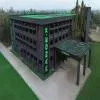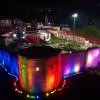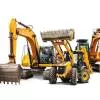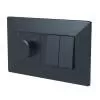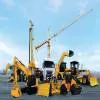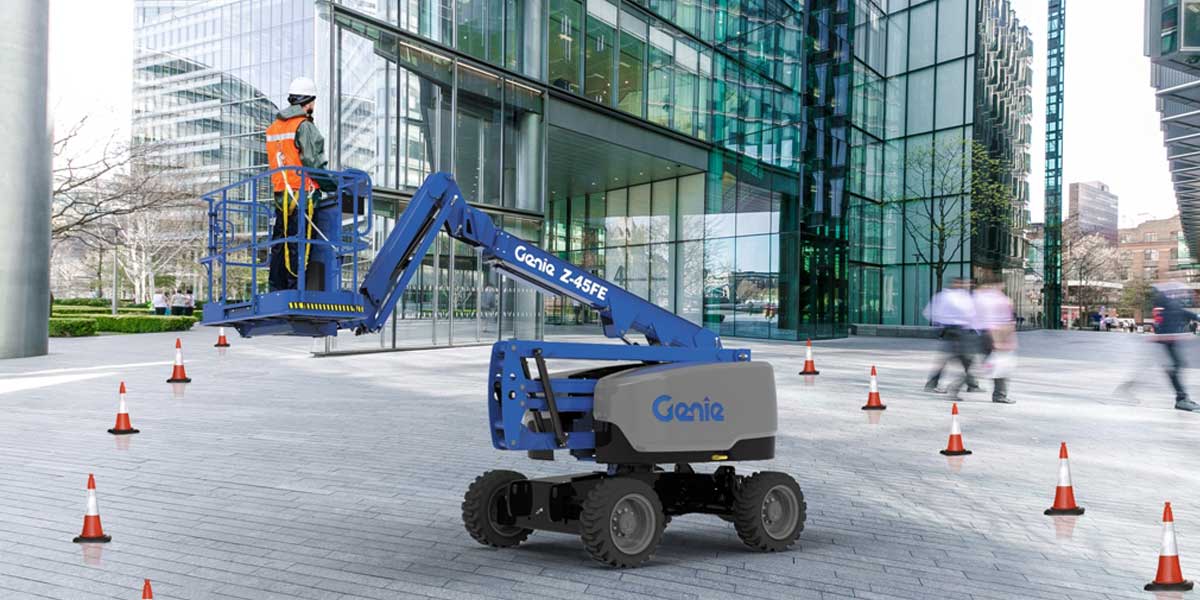
Selecting the Appropriate MEWP
Read full article
CW Gold Benefits
- Weekly Industry Updates
- Industry Feature Stories
- Premium Newsletter Access
- Building Material Prices (weekly) + trends/analysis
- Best Stories from our sister publications - Indian Cement Review, Equipment India, Infrastructure Today
- Sector focused Research Reports
- Sector Wise Updates (infrastructure, cement, equipment & construction) + trend analysis
- Exclusive text & video interviews
- Digital Delivery
- Financial Data for publically listed companies + Analysis
- Preconceptual Projects in the pipeline PAN India
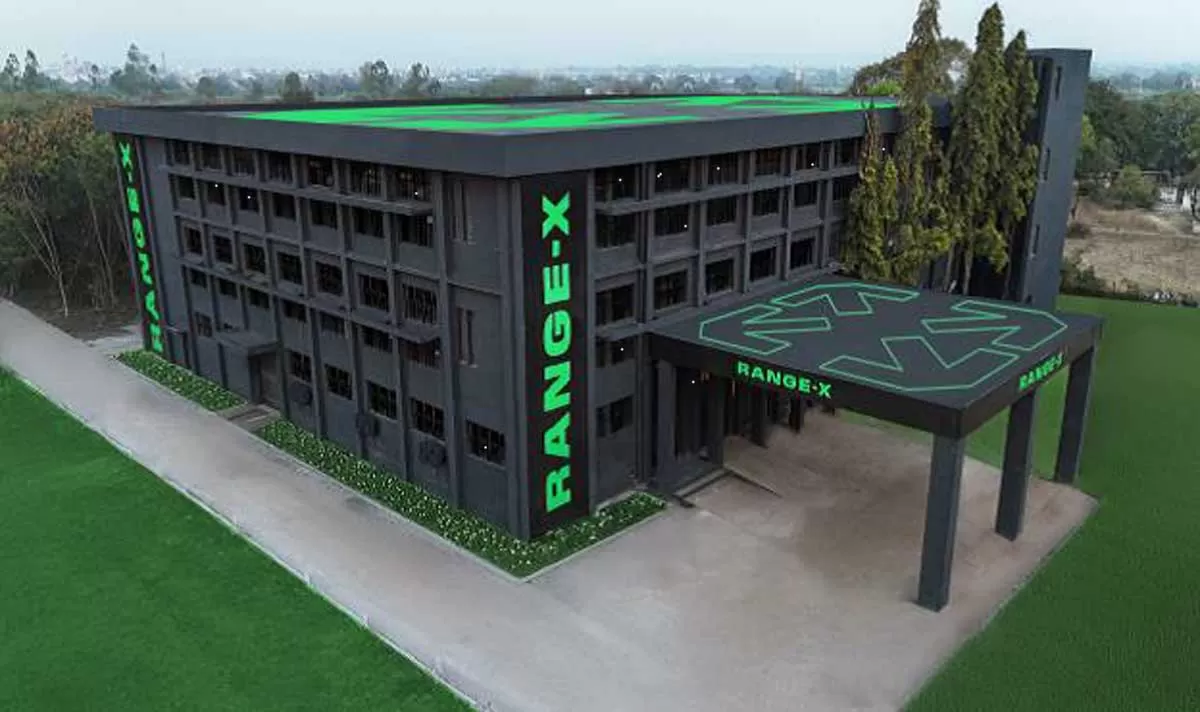
Kinetic Group Launches Range-X Battery Plant in Ahmednagar
Kinetic Group has inaugurated its advanced EV battery manufacturing facility in Ahmednagar under the Range-X brand. With a Rs 50 crore investment, the plant has a production capacity of 60,000 battery packs annually for two- and three-wheeler EVs.The facility will manufacture Lithium Iron Phosphate (LFP) and Nickel Manganese Cobalt (NMC) batteries, offering high energy density and smart battery management systems. Equipped with automated production lines and IoT-enabled quality checks, it complies with AIS 156 and AIS 004 standards.""Range-X is a result of pioneering work in batteries and a si..
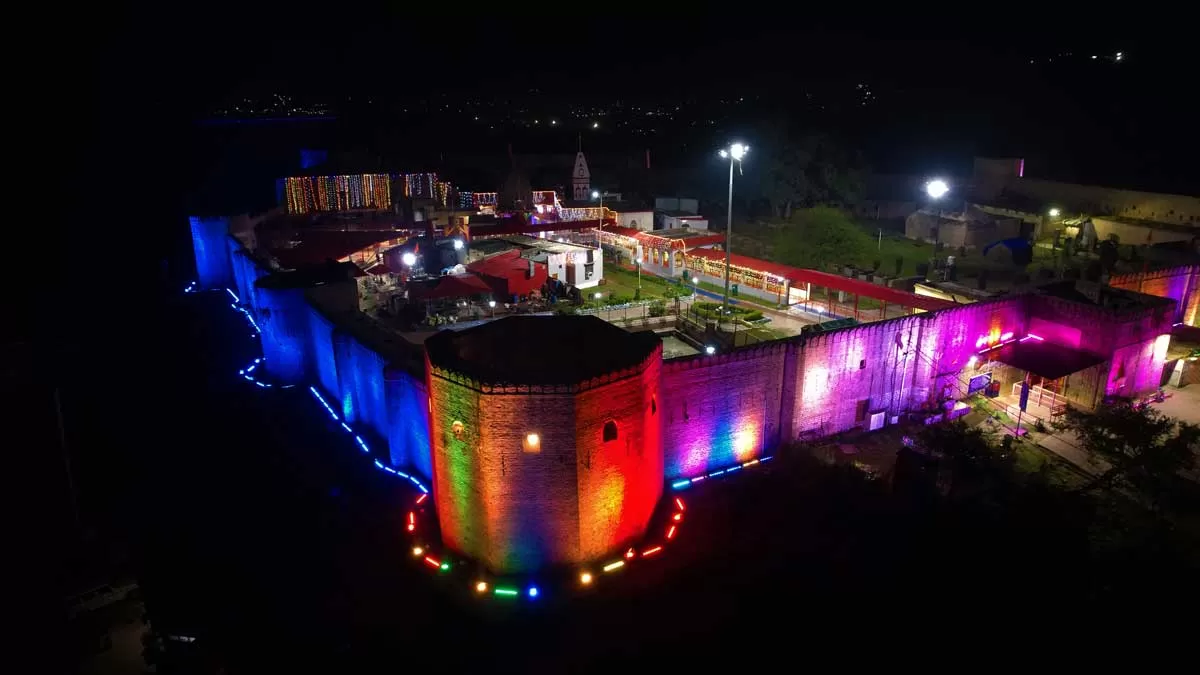
The DBT scheme cut EVs cost by 25-30 per cent for end buyers
Jammu, the winter capital of Jammu & Kashmir, has emerged as a key growth hub in the region, recording an all-time high of 21.1 million tourist visits in 2023, with foreign tourist arrivals witnessing a remarkable 2.5-fold increase. This surge in tourism has contributed to the state’s robust economic performance, with the real gross state domestic product (GSDP) estimated at Rs 1.39 trillion for 2023-24. With capital expenditure accounting for 25.86 per cent of total receipts, the city’s innovative strides are gaining recognition, with Jammu Smart City’s e-mobility project winning th..

SM REITs will appeal to women seeking long-term growth options
As 2025 approaches, SEBI’s recent regulation of small and medium real-estate investment trusts (SM REITs) is set to drive significant trends in the sector, including increased investor confidence, greater accessibility to institutional-grade assets and the rise of fractional ownership. Sudarshan Lodha, Co-Founder & CEO, Strata, shares his views on this form of investment, how it will empower women investors, its long-term benefits, how it could revolutionise data centre investments and how these financial instruments will fare, going forward. Excerpts: India's first ..




